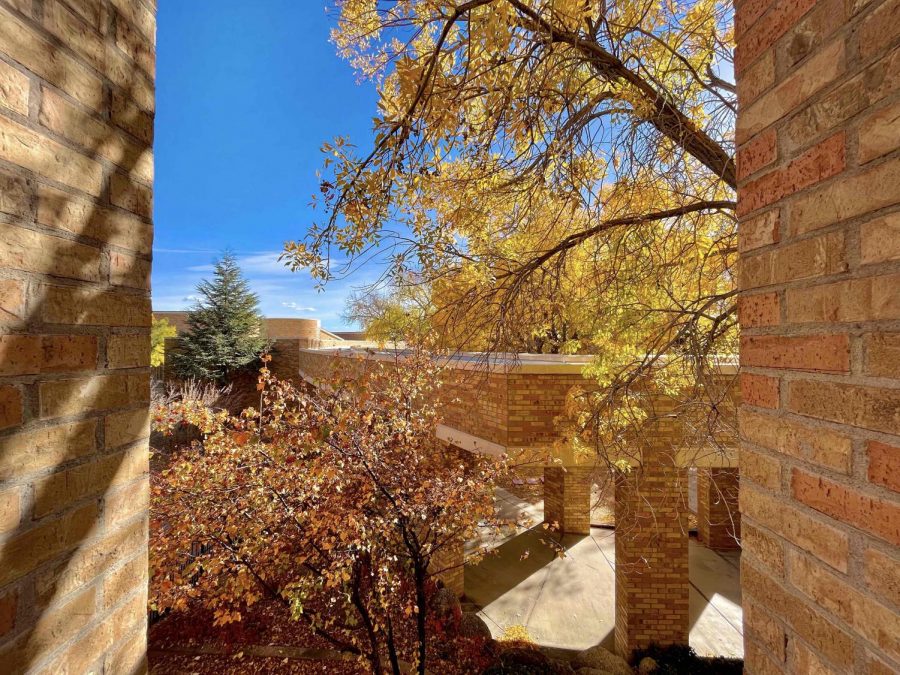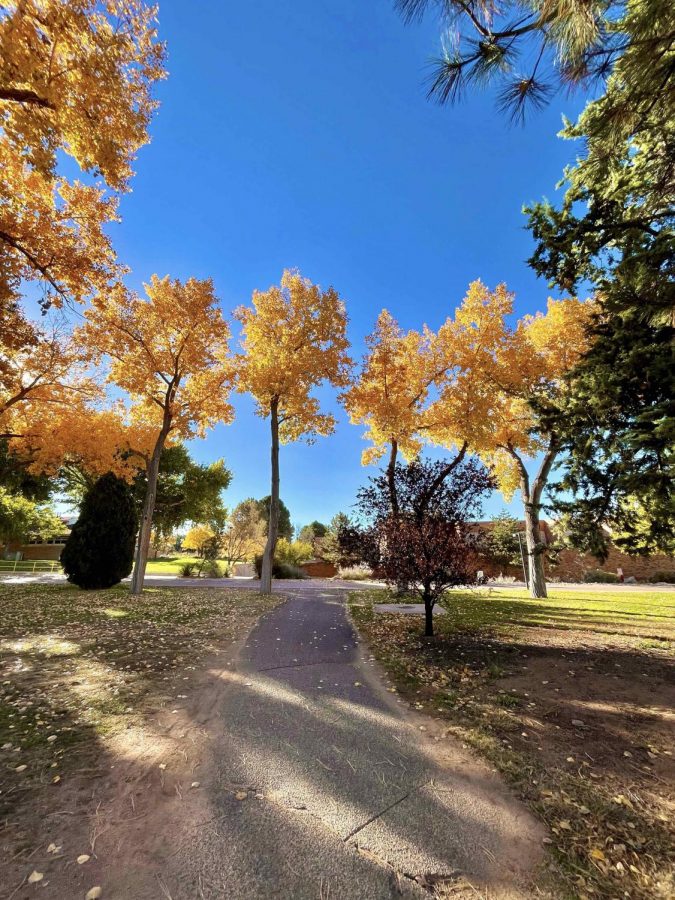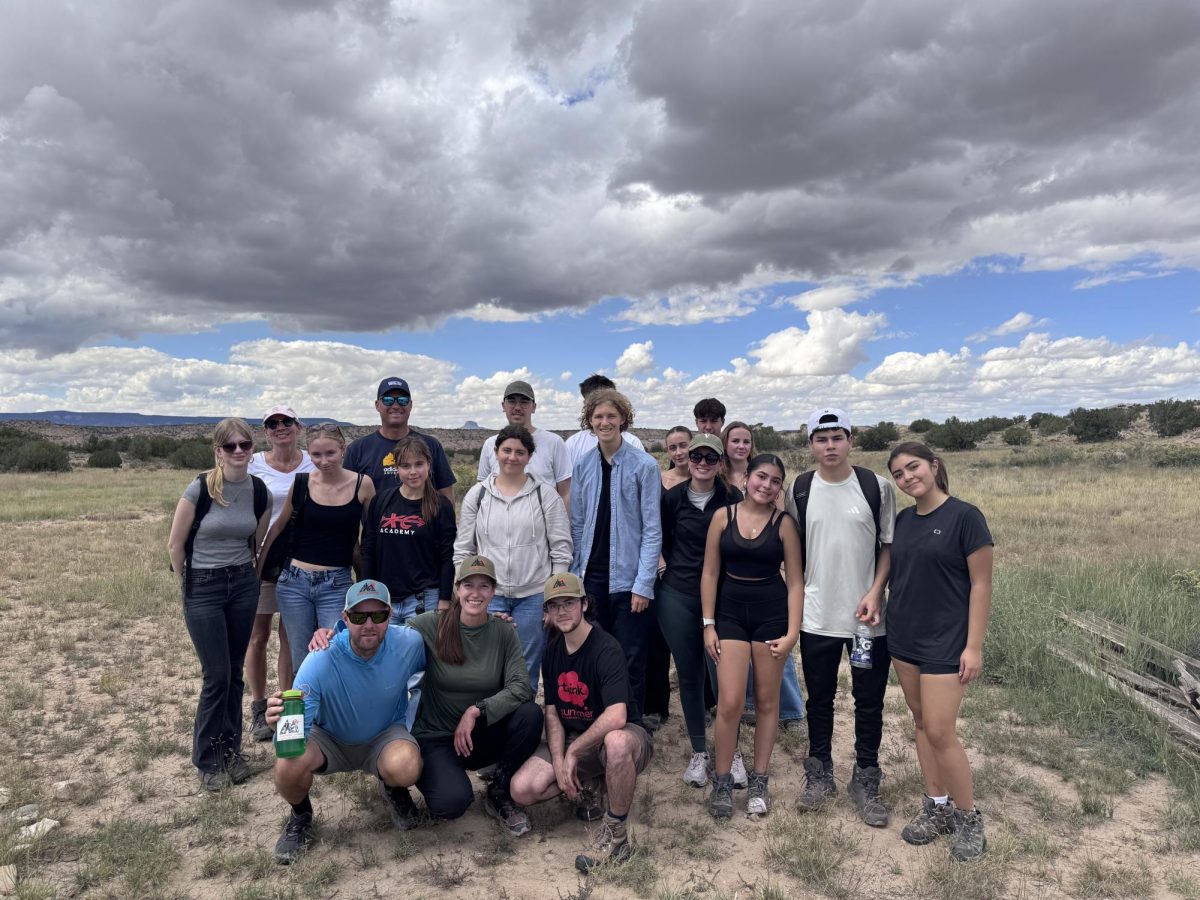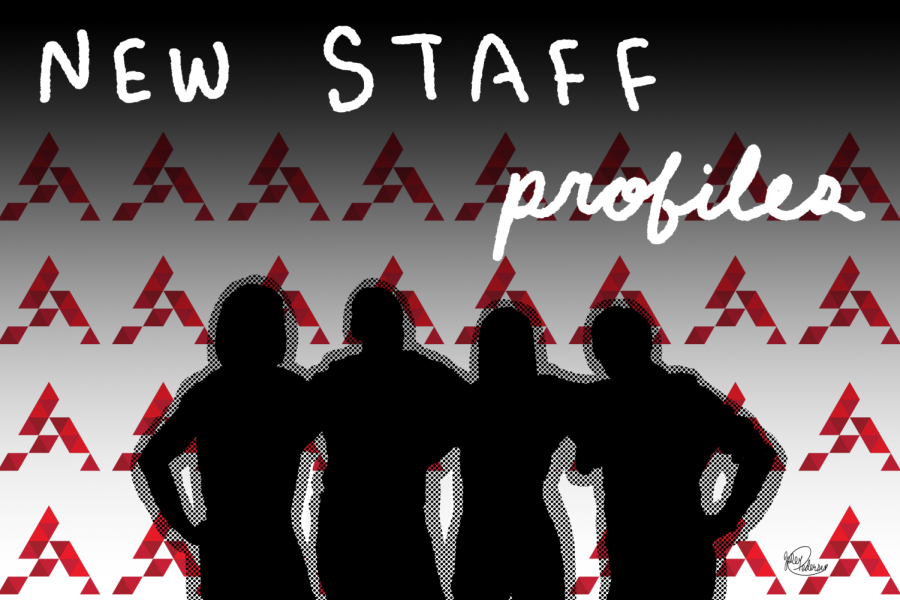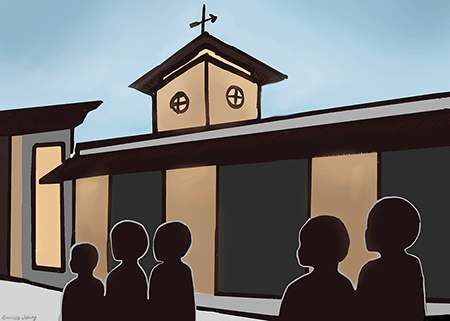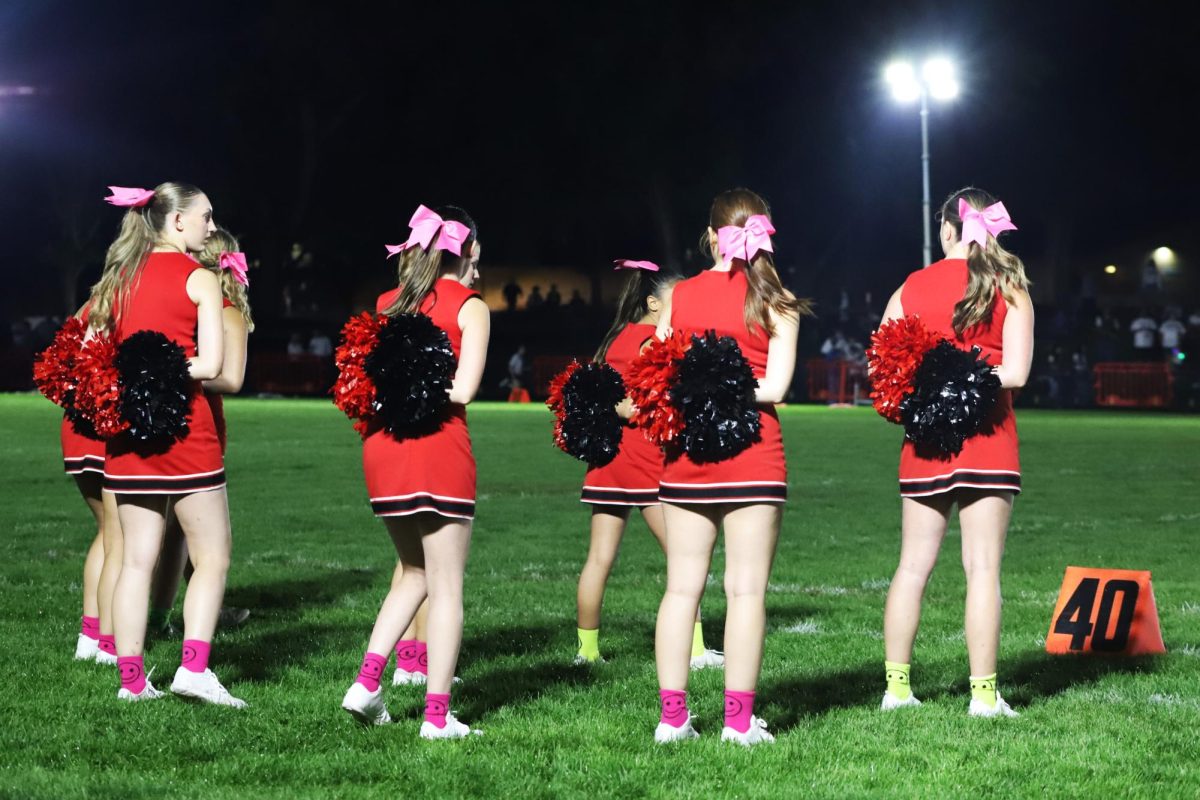Ever thought you could play crucigramas and Lotería while in class? In Heritage Spanish, these fun games are frequent educational activities. A program that began over seven years ago, with the first ever 6th grade teacher being Kathy Toll, Heritage has been a place where those who have been speaking Spanish for most or all of their lives can advance and reinforce their learning instead of being forced to sit in a class where what is being taught is already second-nature. Chris Dineen, lower school Division Head and Spanish teacher, puts it like this: “the students in heritage are there because they can follow and participate in a class in which the lessons are taught completely or mostly in Spanish. They have some skill in reading, writing, listening and speaking. And even though there’s some variation across the levels…those students don’t have to start at the beginning.”
Currently, Heritage Spanish is solely for 6th and 7th graders, the upper school program having been discontinued. Heritage speakers are from a diverse collection of Spanish-speaking backgrounds; the class was initiated due to a “growing recognition that the number of students [Academy] had every year…were coming from Spanish-speaking households, had gone to a bilingual program in elementary school, or had acquired fluency from travel or some other way that they were coming into our sixth grade,” says Mr. Dineen. This diversity of cultures and language levels definitely shows up in today’s classes; there are students who are from Spanish-speaking countries as well as those who have learned Spanish as a second language. This makes classes an opportunity for everyone, regardless of background, to learn from each other’s different heritages.
As its name suggests, in addition to practicing language skills, Heritage is also a class where students can celebrate their culture. This explains why the class is centered around projects that allows students to explore what they are interested in: from sharing delicious meals, to writing essays, to teaching their classmates how to do activities like cooking, fencing, or knitting.
The number of students is not the same from year to year. Classes can be well under ten students or much more: “it sort of just depends on who shows up,” states Mr. Dineen.
In the past, Heritage Spanish programs have existed in the upper school, but in 2022, the current ninth graders saw that option removed from their course selection forms. Instead, those that chose to study Spanish were moved to take Spanish II with the current Sophomores.
This approach has negative and positive aspects. In one sense, it allows Heritage students to gain higher credits sooner. They can finish their language requirements without taking Spanish for three years, meaning that students have more space for electives or even to do two language tracks. The more grammar-based classes can give Heritage students an accelerated understanding of how the language works, not just how to speak it.
In another sense, though, it really changes class dynamics: the youngest students take classes with the oldest students. For example, a current eighth grader takes AP Spanish, while a ninth grader is in Spanish IV, and this “can sometimes create situations that are a little bit awkward…it could be that the class discussion involves topics that are more appropriate for older students than younger students…[material] might have to be tailored for the emotional age of the students as well as the Spanish level of the students,” says Mr. Dineen. In addition, the more cultural connections that speakers may have had from taking Heritage in the 6th and 7th grades are eliminated.
Some Heritage speakers have not found classes challenging enough. According to Winnie ‘30, “[students] usually have a study hall” at the end of class, highlighting the class’s relaxed nature. In fact, some students like Winnie have expressed discontentment that the class is so relaxed and not as academic as they might like it to be. The slow pace of the regular classes can be frustrating, and reading and writing skill exercises, something that Heritage speakers may need to practice most due to their often-spoken learning of Spanish, are very difficult to find even in the hard classes. Sometimes, the only option is to do extra, independent work with the help of a teacher or to move up. There can be technical challenges, too: for example, it is very uncommon for eighth graders to take AP exams.
Mr. Dineen believes that an upper school program would be a positive “because we don’t want to discourage our native speakers from stopping speaking their language.” Unlike in a math class, where teacher-student independent study is effective for advanced students, “you really want to have more voices in the room [in studying language] because of the skills involved in learning and expressing yourself,” he says.
Although Mike Linsell, a beloved Heritage Spanish teacher who has been teaching at Academy for over three decades, is retiring, there is zero doubt that the program will be sustained in the Middle School, according to Mr. Dineen. To many, 6-7 Heritage is more than just a class; it is a community that they belong to and recall fondly. The opportunity for connection between Heritage speakers that the program presents should be preserved, and we are incredibly lucky that the Academy offers this opportunity for cultural expression with language.
Heritage Spanish is a Valuable Option for Academy Students
The course offering provides students an advanced option with cultural and academic benefits.
Audrey ’27, Writer
May 21, 2024
Categories:
2
More to Discover
About the Contributor

Audrey ’27, School and Local Editor
Audrey joined the Advocate in the spring of 2024 during her freshman year. Since then, she’s written numerous articles on somewhat-random subjects and become the School and Local Editor. Audrey hopes to highlight all of the wonderful things happening around campus, such as the variety of clubs and community activities. Audrey is part of the Birding Club and HOSA. Some of her favorite things include lemon yellow, barn owls, potatoes, and yellow barn owls made of potatoes. In her free time, Audrey enjoys beekeeping and drawing and can be seen on campus in the grass procrastinating under a nice tree.


